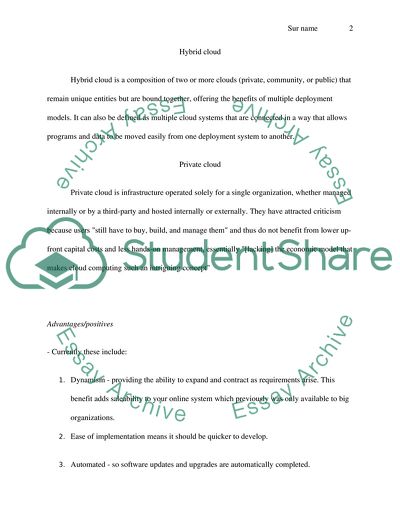Cite this document
(“Cloud Computing and Information Systems in Business Article”, n.d.)
Cloud Computing and Information Systems in Business Article. Retrieved from https://studentshare.org/design-technology/1585928-final-assessment
Cloud Computing and Information Systems in Business Article. Retrieved from https://studentshare.org/design-technology/1585928-final-assessment
(Cloud Computing and Information Systems in Business Article)
Cloud Computing and Information Systems in Business Article. https://studentshare.org/design-technology/1585928-final-assessment.
Cloud Computing and Information Systems in Business Article. https://studentshare.org/design-technology/1585928-final-assessment.
“Cloud Computing and Information Systems in Business Article”, n.d. https://studentshare.org/design-technology/1585928-final-assessment.


